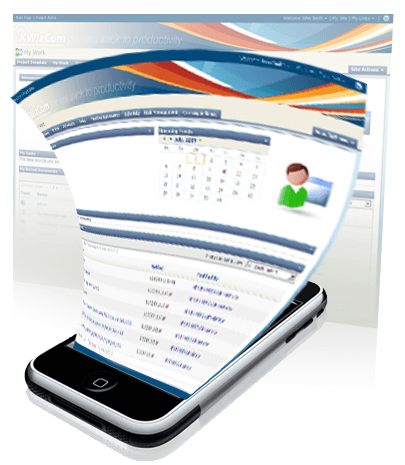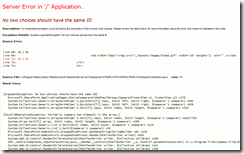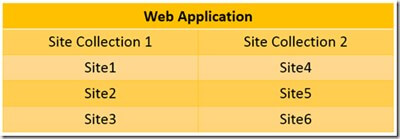
Webinar: PDF forms, SharePoint and K2 Workflow
Blog PostsPDF Share Forms Enterprise provides easy integration of PDF fillable forms with SharePoint, empowers organizations to REUSE existing forms in SharePoint, quickly and easily.

PDF Share Forms Enterprise provides easy integration of PDF fillable forms with SharePoint, empowers organizations to REUSE existing forms in SharePoint, quickly and easily.

Mobile capability for CRM software has rapidly evolved from a nice-to-have feature to a critical component of CRM software. Research firm Gartner reports that the CRM software market grew 12.5% in 2012, but they also predict that the market for mobile CRM will grow an astounding 500% by 2014. Here are three reasons why your CRM must be mobile-ready.

In case you missed the marketing messaging, Microsoft is “all in” on the cloud, and is pushing fairly hard on their new offerings, from Office365 and SharePoint Online, to Yammer and SkyDrive Pro.

With SharePoint 2007, 2010, and now in SharePoint 2013, Microsoft offers its mobile users a “SharePoint mobile view”.

European SharePoint Training Week from the 25 – 28 of November will bring together some of the best speakers and trainers from around the world direct to your computer for FREE! With four days of live interactive webinars, educational eBooks, a wide range of unique blogs covering all SharePoint topics, don’t miss this one-off chance to hear the latest cutting edge content on SharePoint 2013 and chat online with these global thought leaders.

Sooner or later, you might run into this error. I was able to work out the easy solution so I wanted to share it to help someone else. You will likely run into this error if you try to go site column or site content types, or from a list or library you click add site column.

Let’s assume we need to create an Intranet portal for an enterprise based on SharePoint 2013 and this portal should be based on several different site collections. Each site collection has its own subsites and they built the navigation items for this site collection. And that’s the challenge: although each site collection as its own navigation (and does not include the navigation of other site collections) the portal should have an integrated navigation – based on the navigation of all included site cite collections.

Download ‘Microsoft SharePoint 2013 Developer Reference – Chapter 2 SharePoint Data Fundamentals’ by Paolo Pialorsi, PiaSys, Italy and you will learn about the overall architecture of SharePoint and its data foundation.

There are several individuals that everyone connected with SharePoint should follow, but I’m pretty sure that the majority of people reading this article are already following them

Itgroove is a consulting partner of Muhimbi, working with its end client, BC Ferries. BC Ferries had a time-consuming method of manually revising and distributing paper-based process and procedure information to its 35 ships and 47 terminals, which increased the risk that employees would not receive important safety updates in a timely manner.